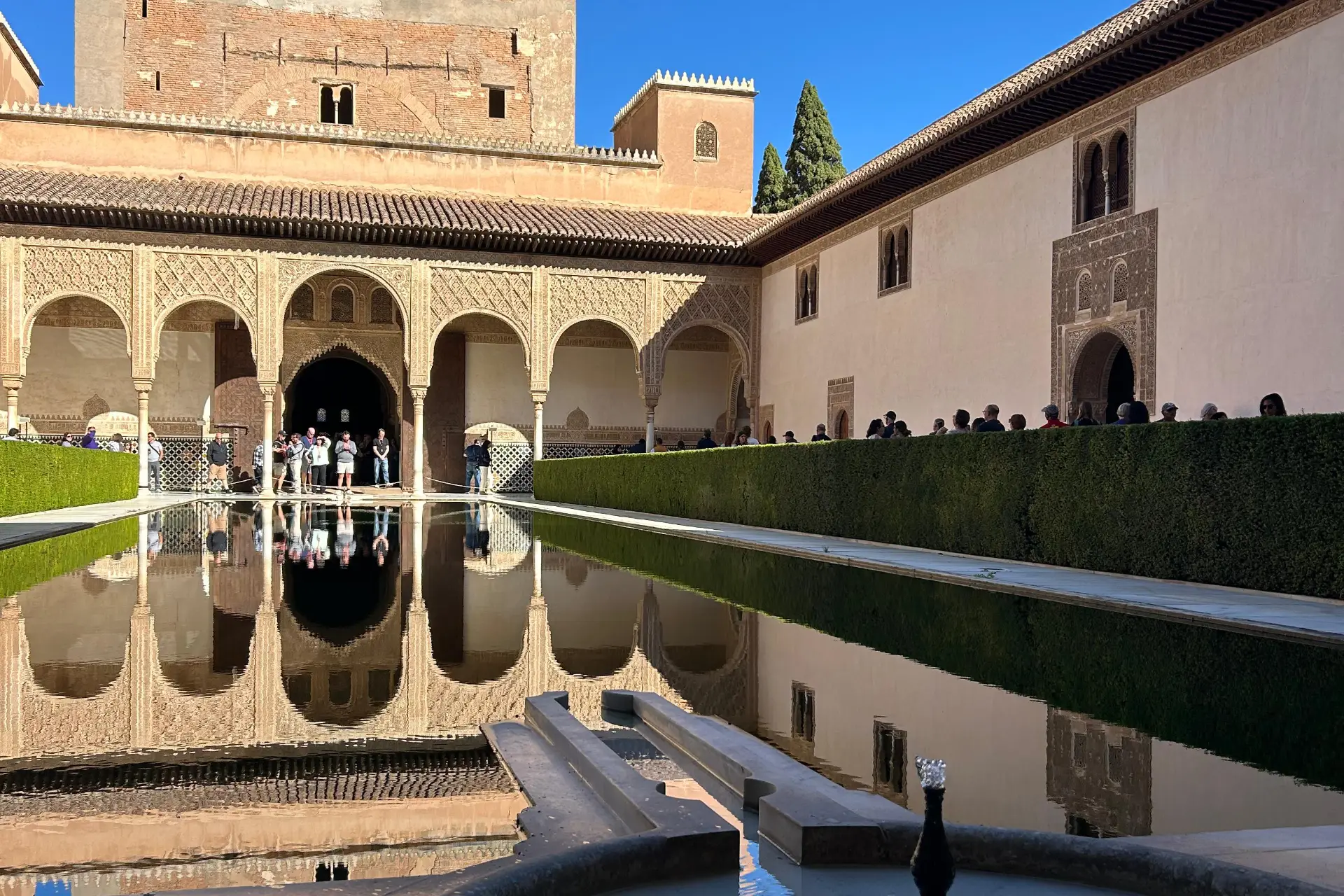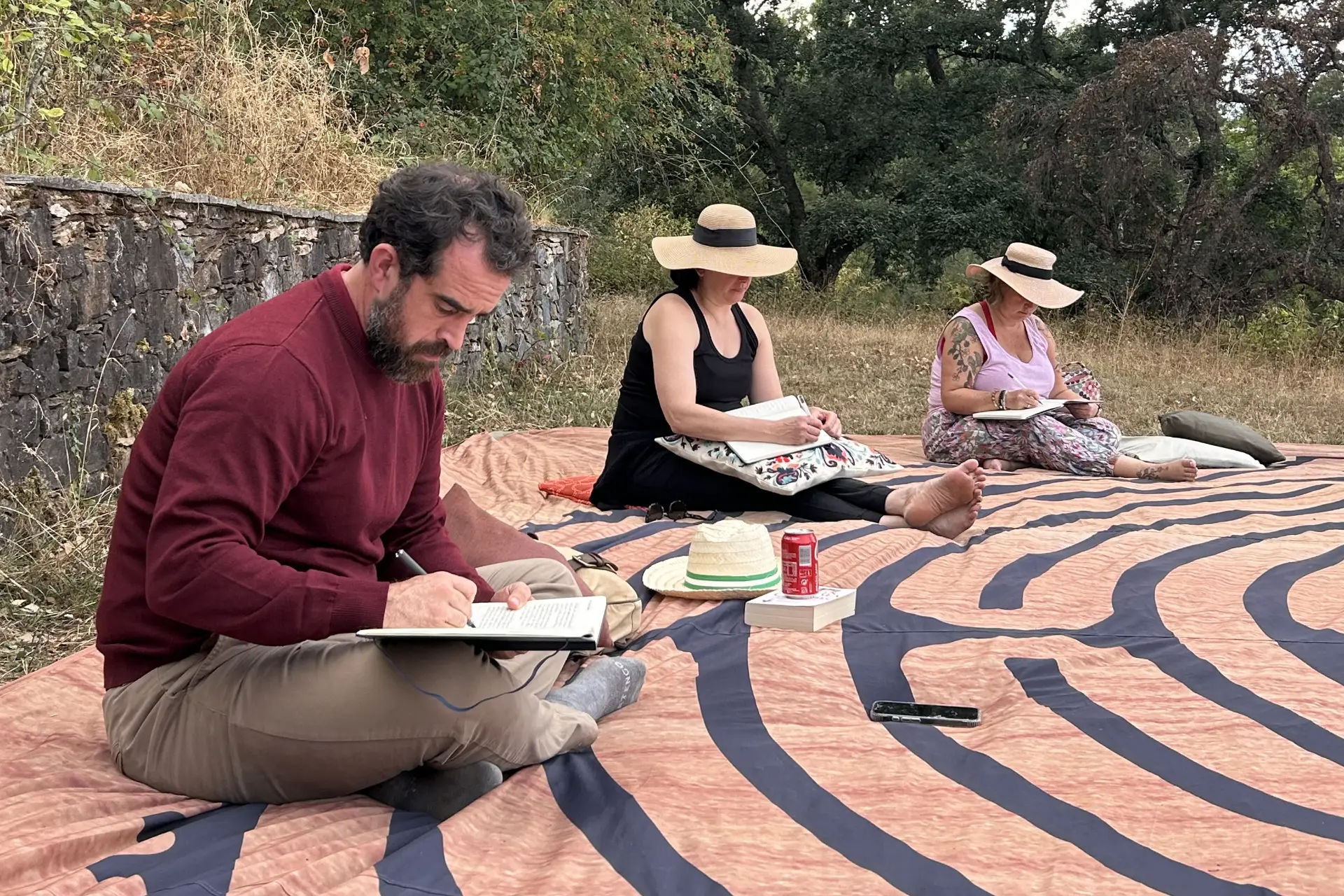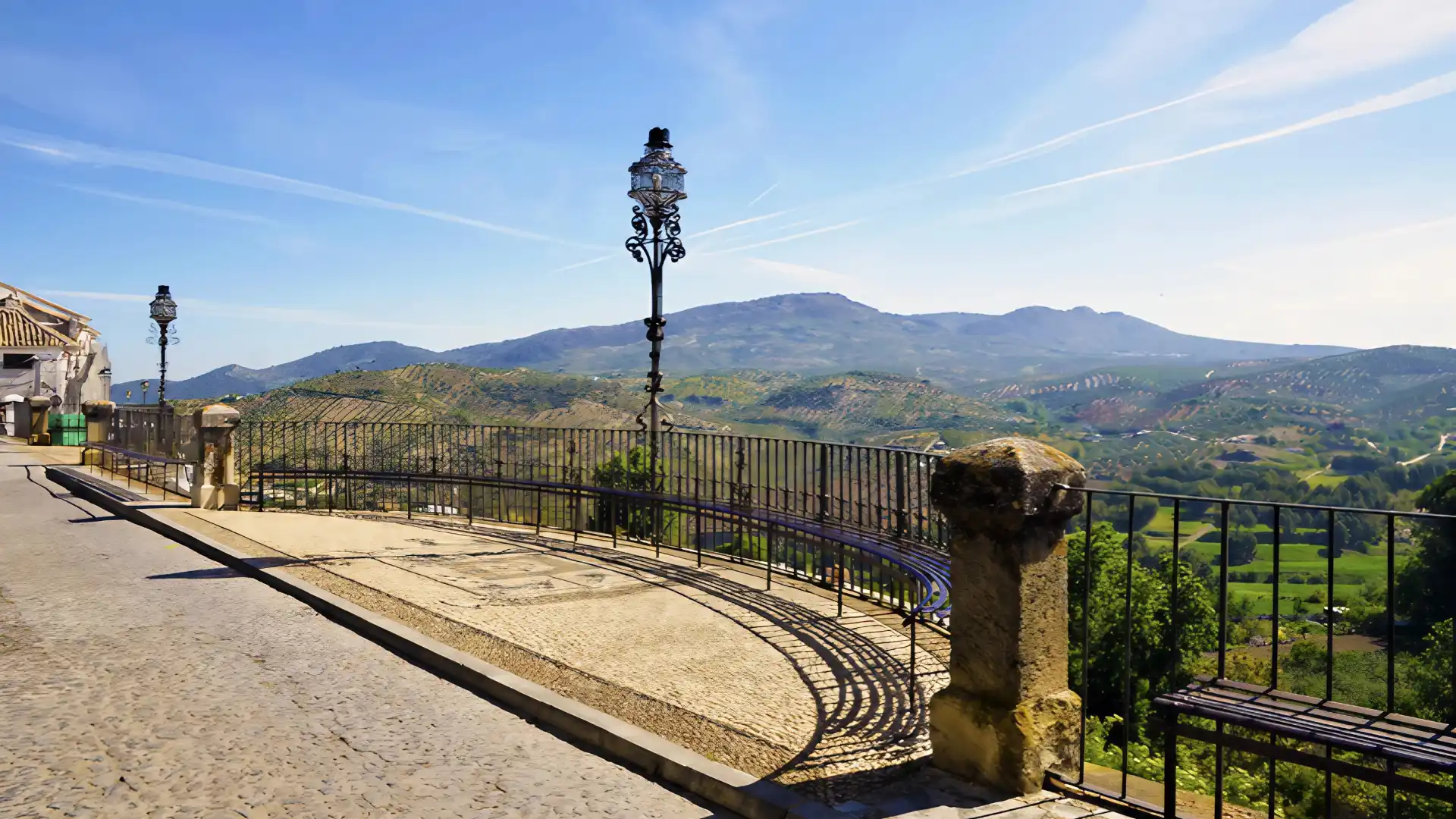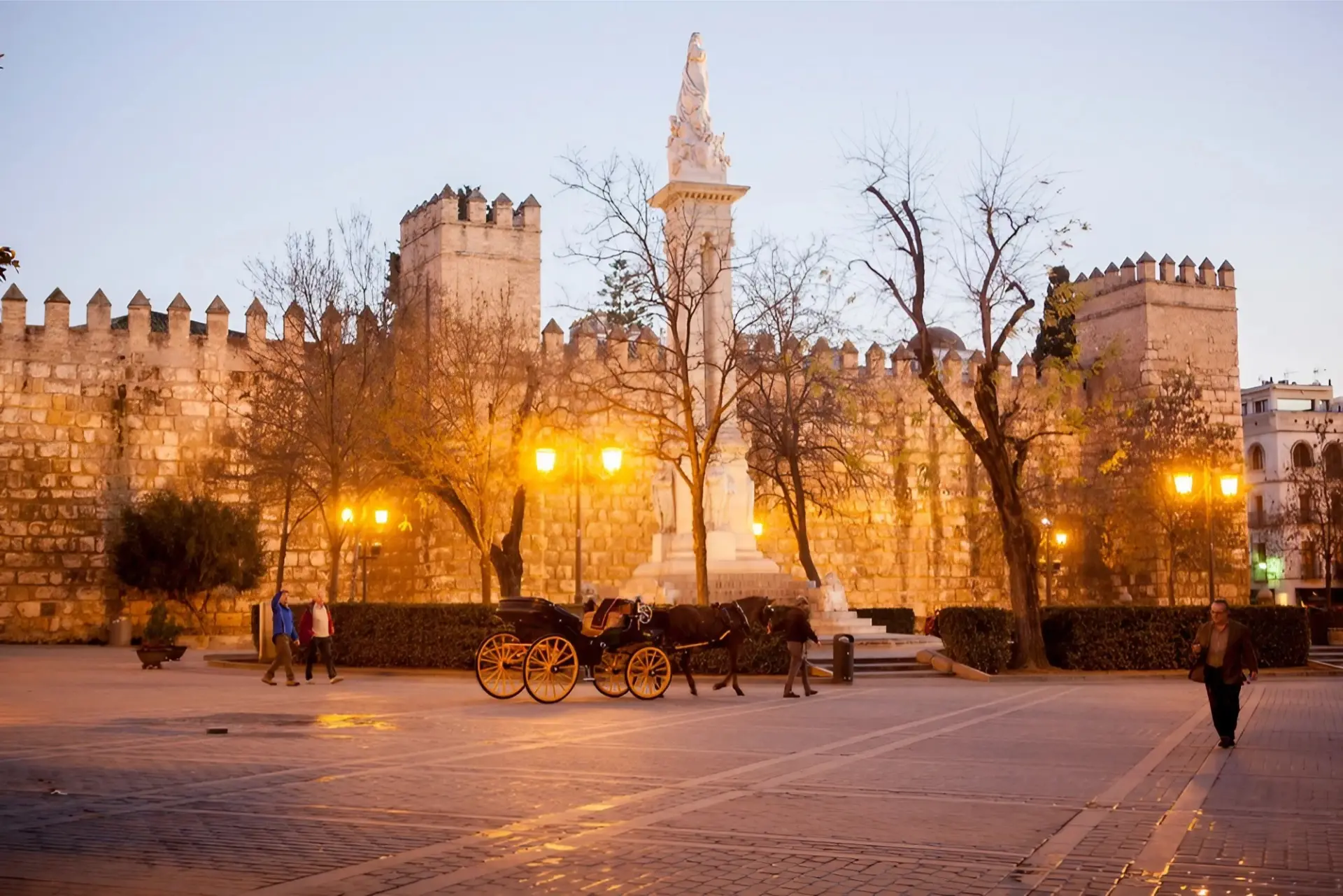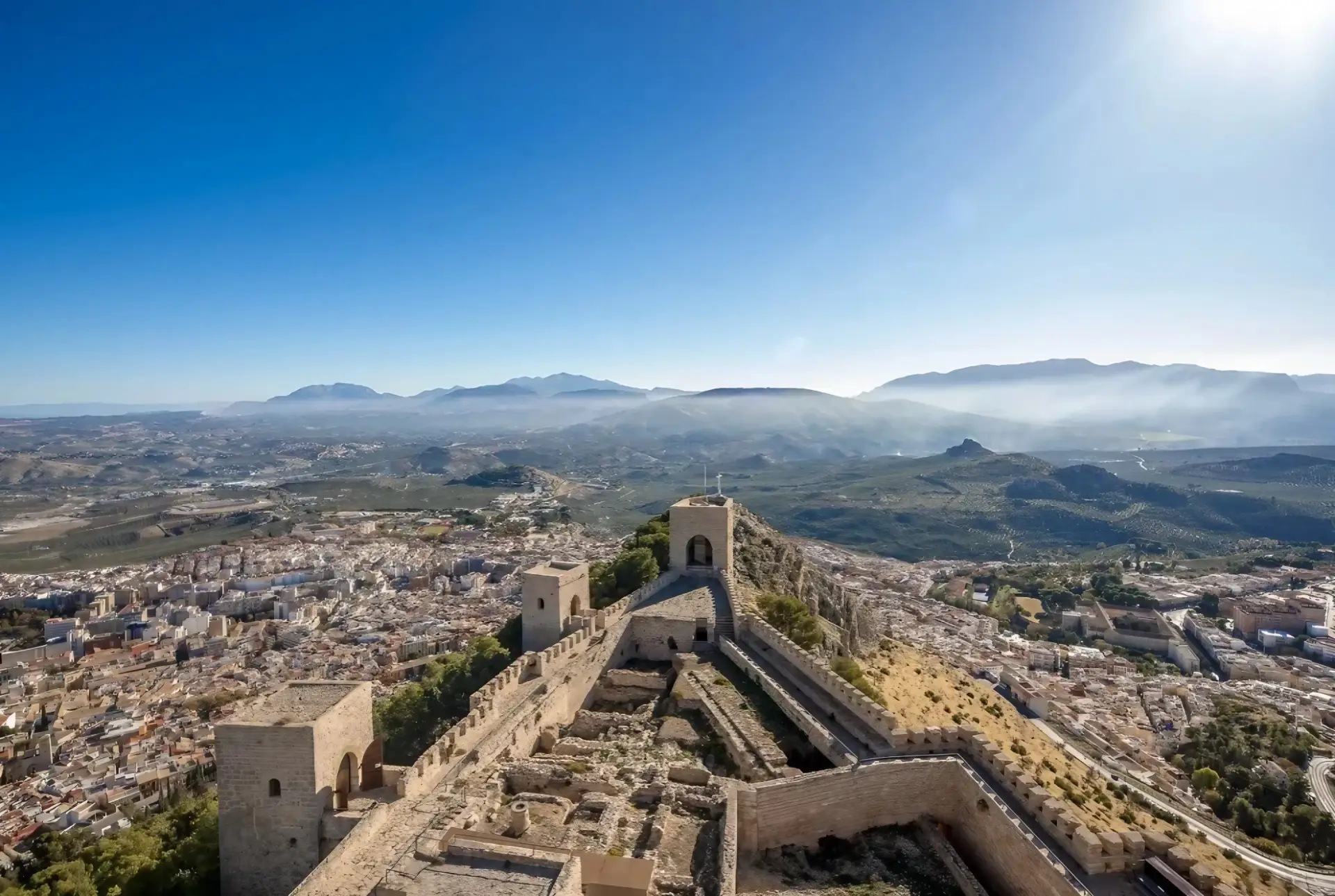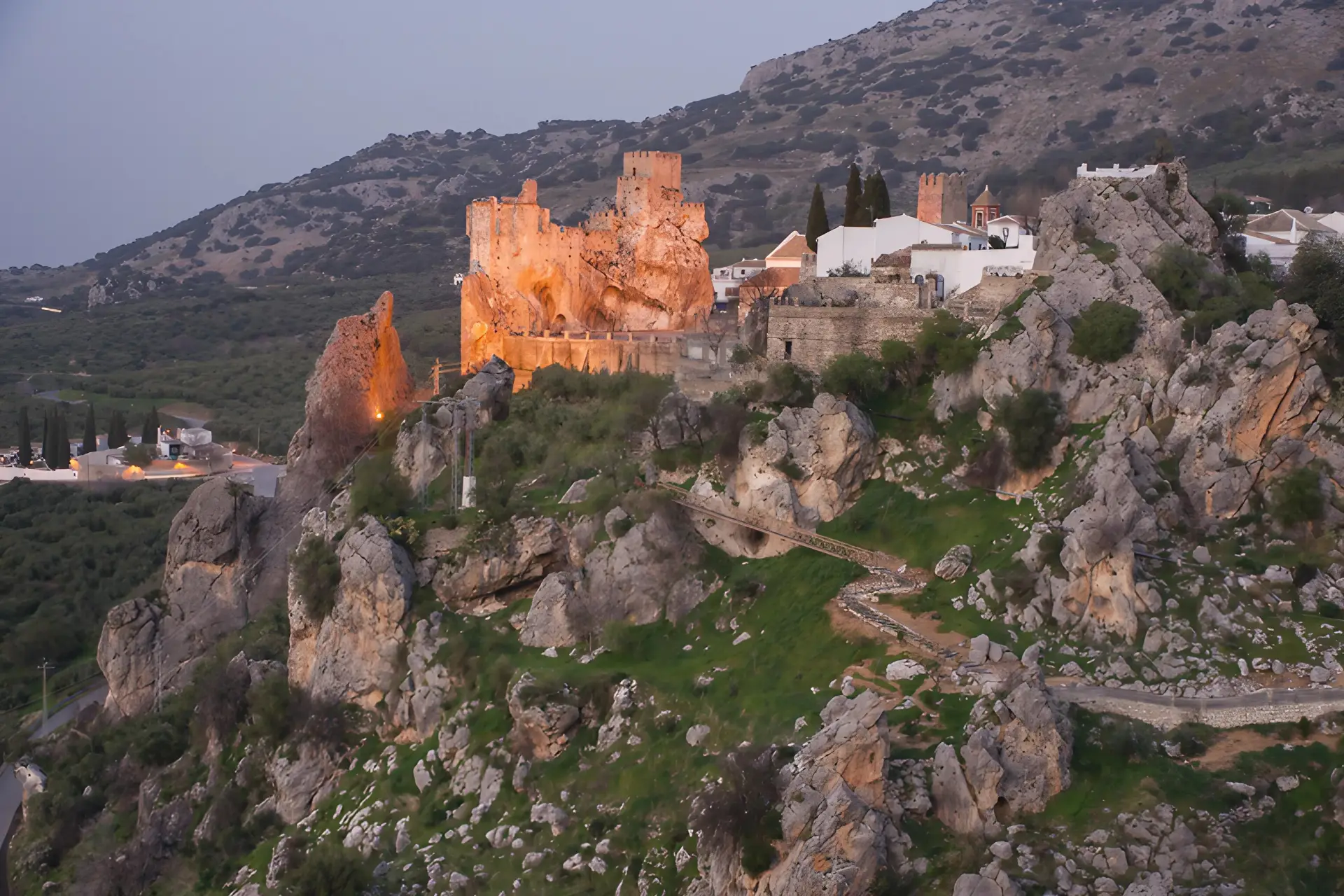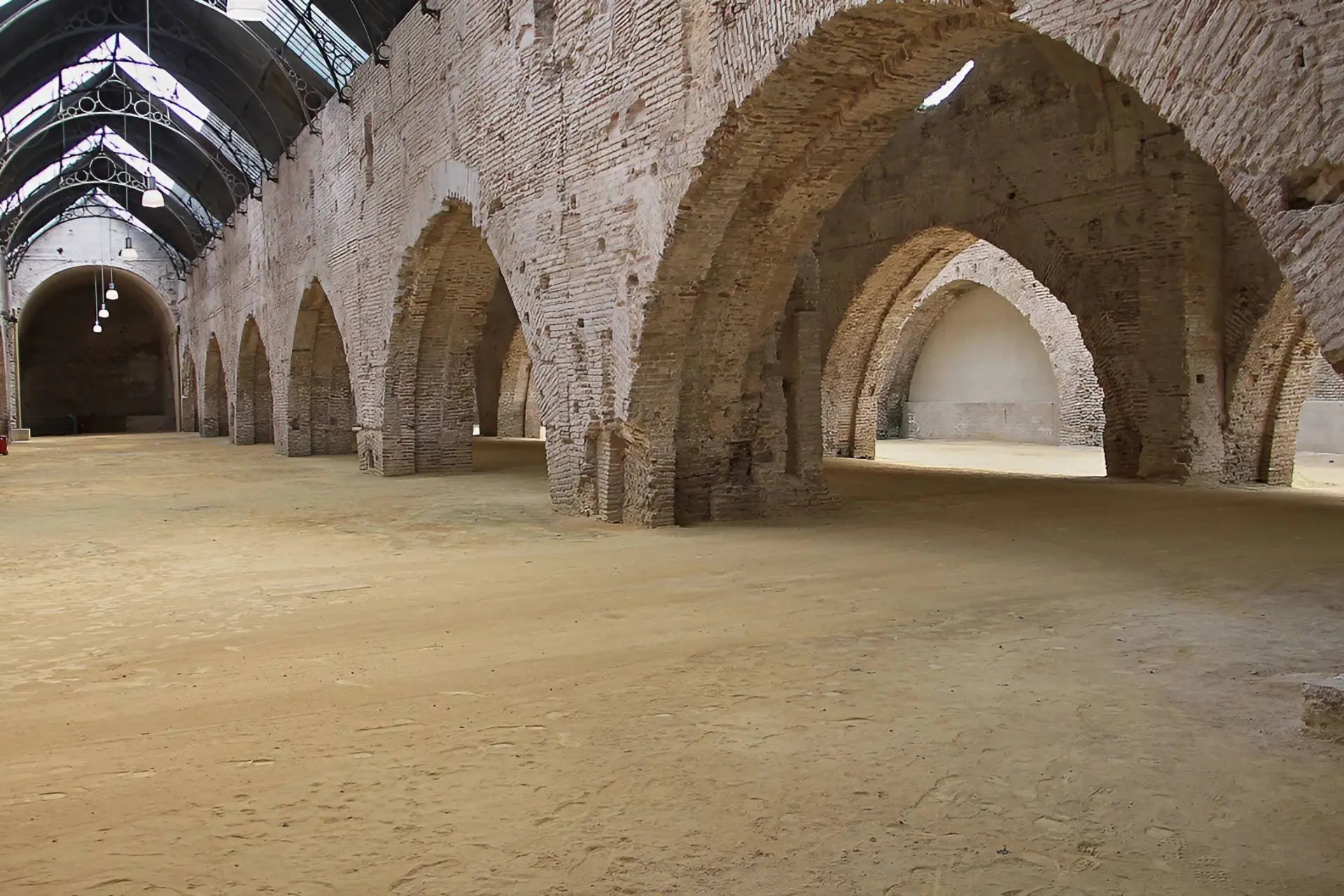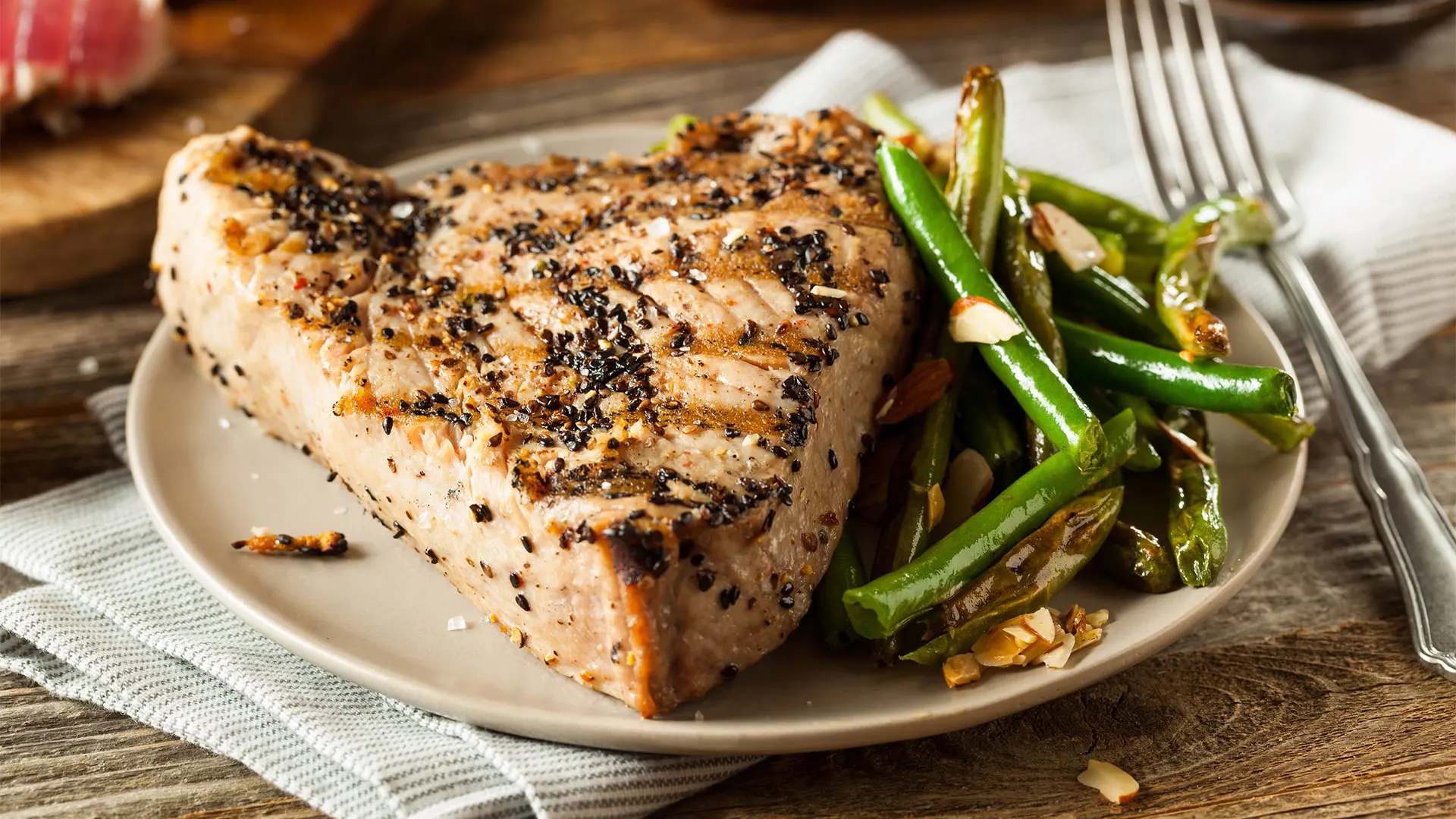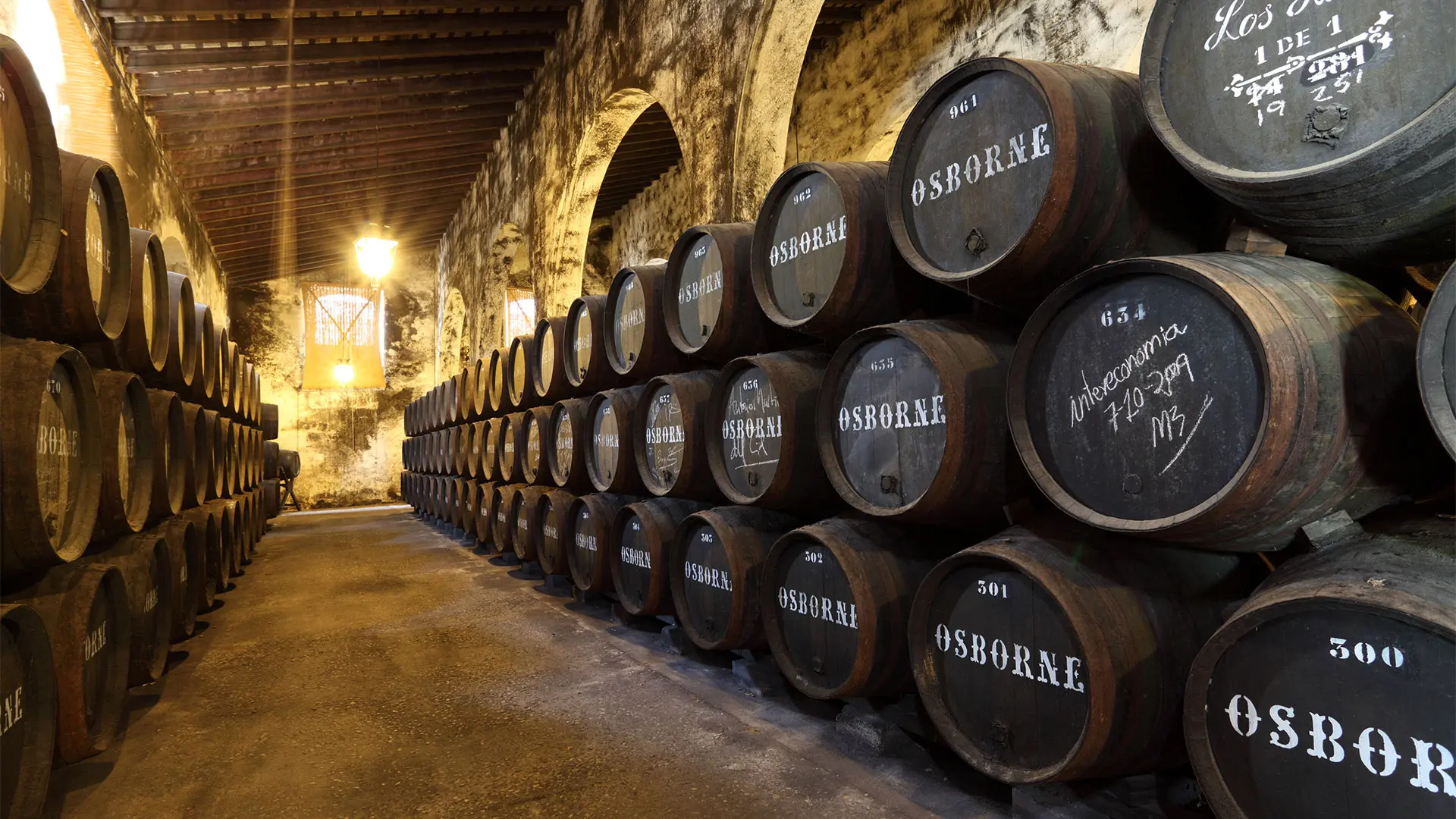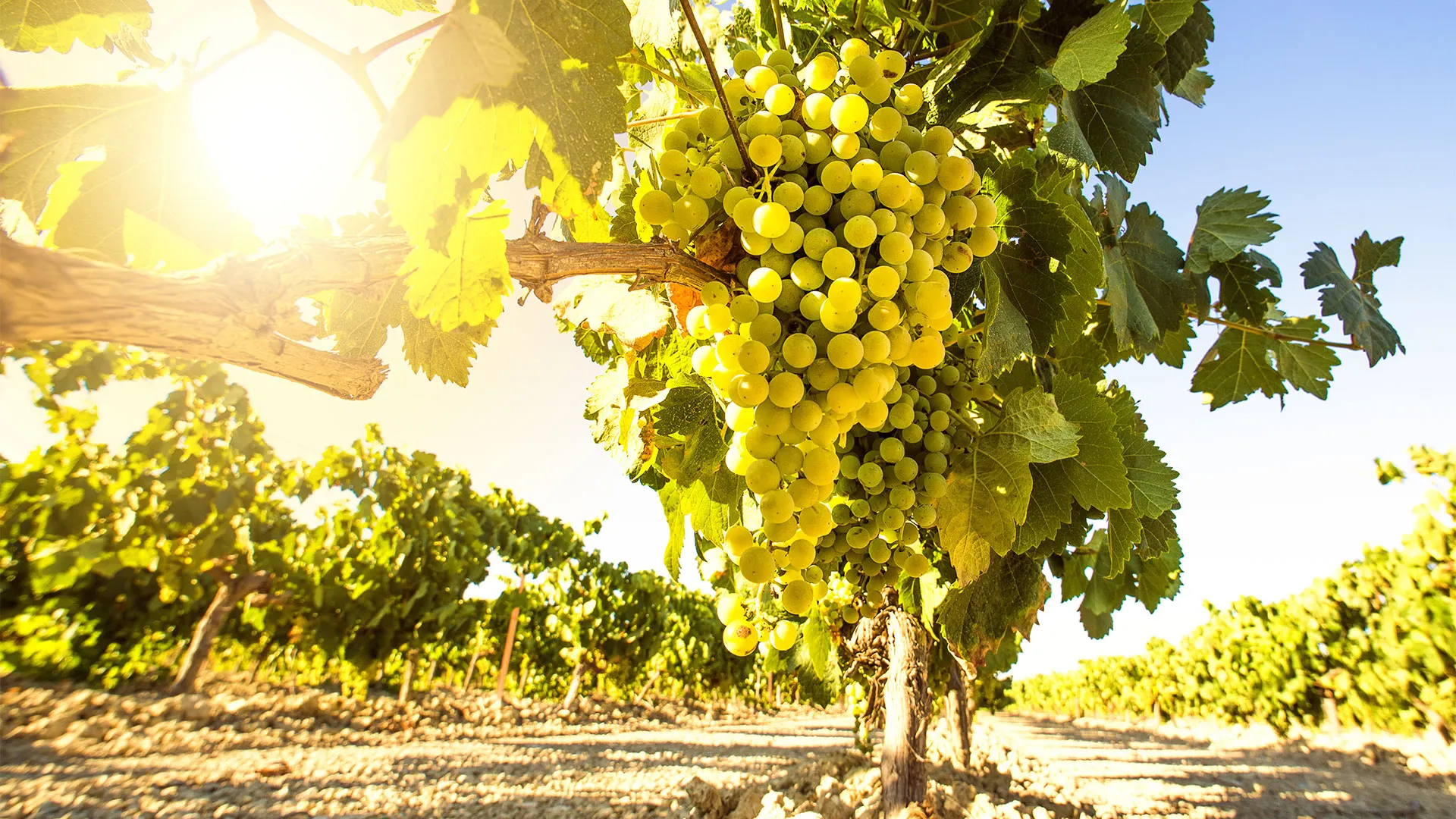Cádiz often carries a reputation as a place of wide sands and rolling surf, a summer haven for those who seek the Atlantic breeze. But to understand this province fully, you must turn inland and step into the places where its cultural heartbeat is strongest: the food markets, the bodegas, and the fishing ports. Here, Cádiz reveals itself as a landscape shaped not just by the sea, but by centuries of trade, craftsmanship, and community. This is Atlantic Andalucia…
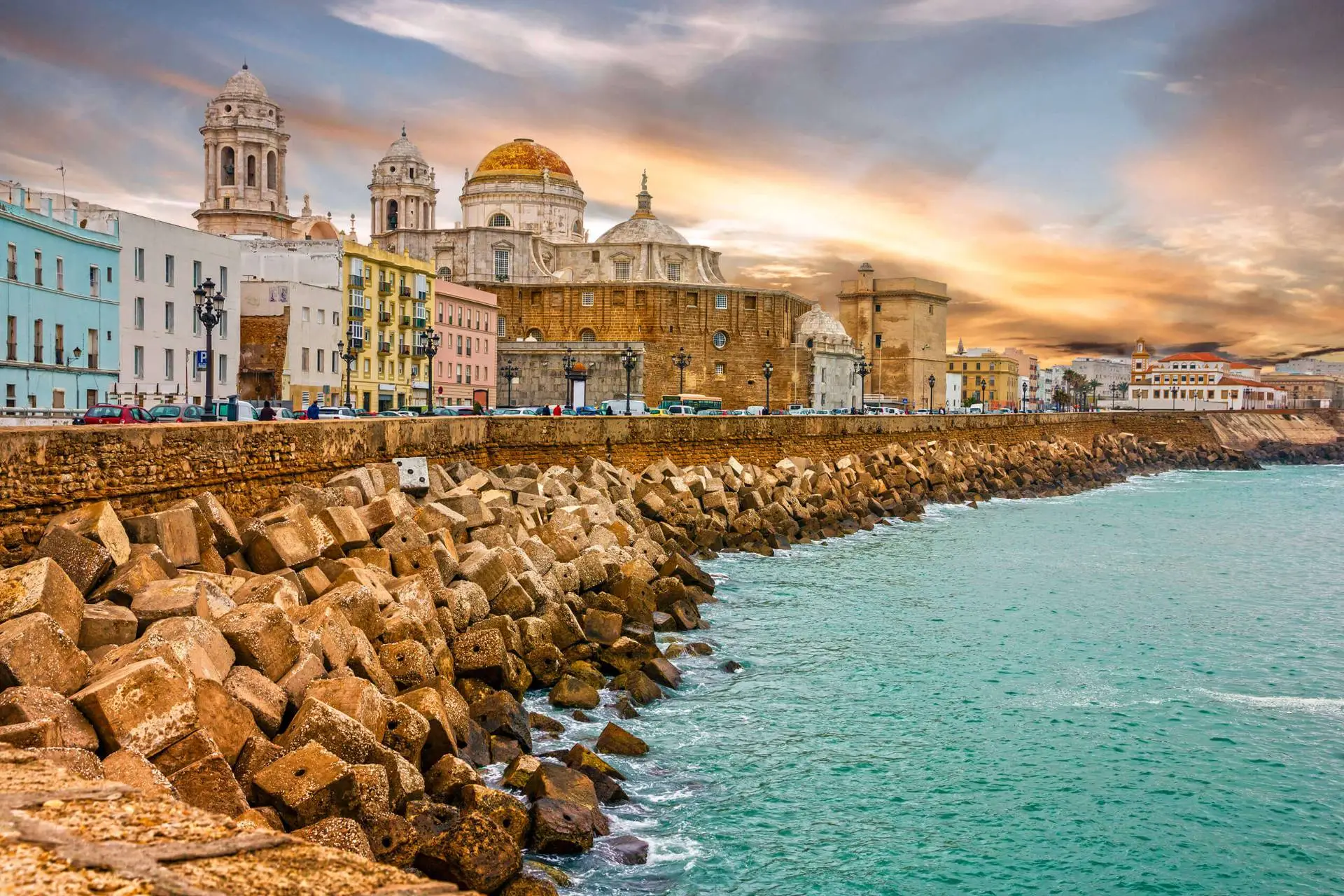
At the heart of Cádiz city lies its covered market, a space that hums with life each morning. Stalls overflow with just-landed fish: gleaming dorada, anchovies in neat silver piles, and slabs of tuna cut with precision. The voices of fishmongers rise and fall, mixing with the chatter of neighbours bargaining over produce.
Step into the smaller town markets – Sanlúcar de Barrameda or El Puerto de Santa María – and the rhythm is the same, though each has its own flavour. Tomatoes bursting with late-summer sweetness, local cheeses, and bunches of herbs tell you what is in season and what matters to the local table. These markets are not designed for tourists; they are essential to the daily life of Cádiz.
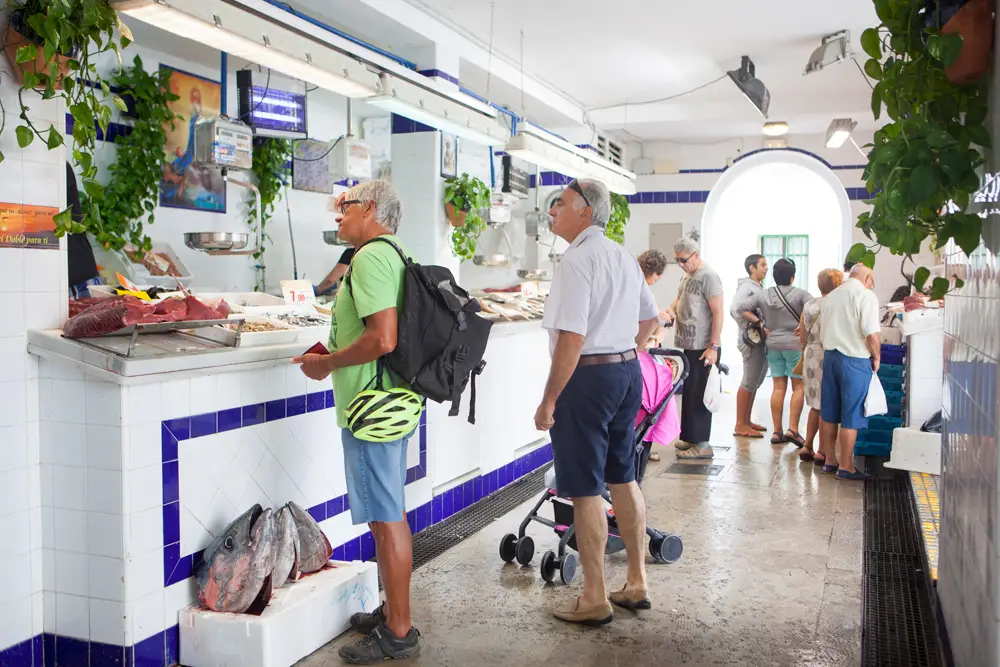
Sherry country
Just inland stretches the “Sherry Triangle,” linking Jerez de la Frontera, Sanlúcar de Barrameda, and El Puerto de Santa María. It is here that a system refined over centuries – the solera – creates the distinctive wines of the region.
Discover the Sherry Triangle with TOMA
Each style reflects its place. The crisp saltiness of manzanilla is inseparable from Sanlúcar, a town whose bodegas face the Guadalquivir estuary and feel the cool Atlantic air.
Fino from Jerez is brighter and sharper, while the darker olorosos speak of time, oak, and patience. Sherry is not a relic of Spain’s past but an ever-evolving tradition. Young winemakers are finding new pairings and presentations, proving its relevance for a modern palate.

Atlantic Andalucia on a plate
Along the coast, the town of Barbate is synonymous with almadraba, the ancient method of netting migrating bluefin tuna as they pass through the Strait of Gibraltar. This practice, with Phoenician roots, demands both skill and respect for the sea. Today, Barbate remains a working port where the legacy continues.
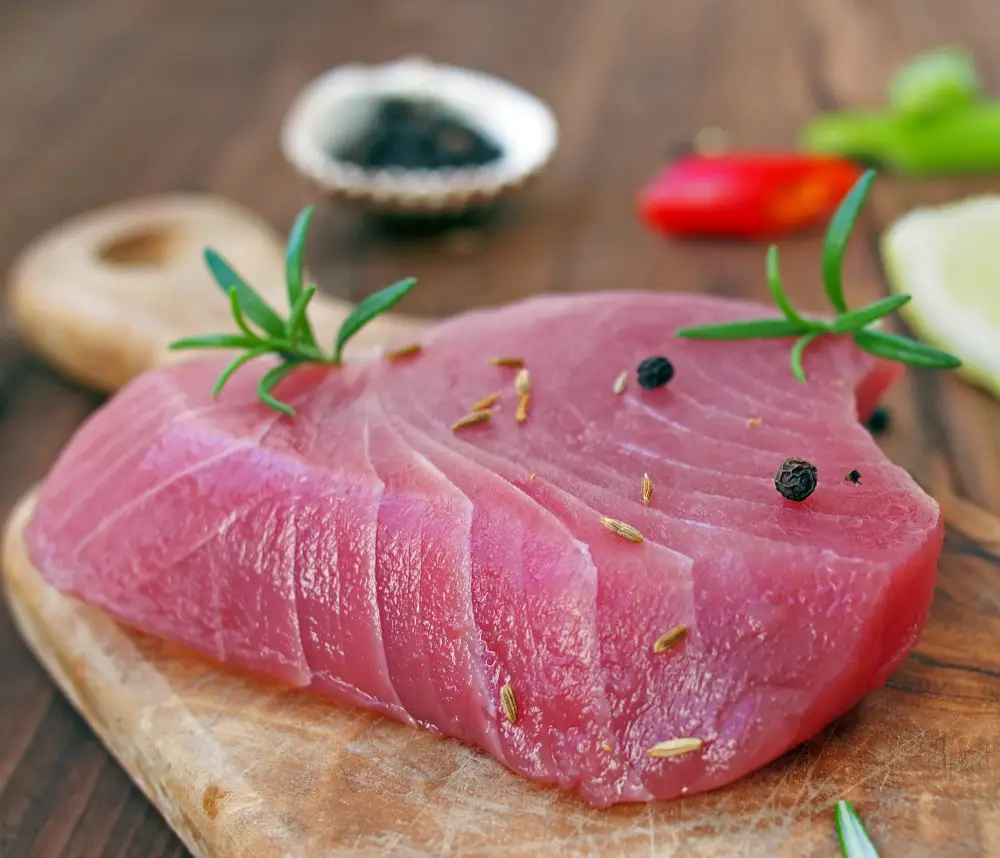
Elsewhere, small fishing villages keep Cádiz supplied with seafood that defines its cuisine – langoustines from Sanlúcar, cuttlefish and squid from Rota, and clams gathered from shifting tidal flats. To walk along the docks in the early morning is to witness the beginning of the food chain that ends in both family kitchens and celebrated tapas bars.
Atlantic Gateway
Cádiz has long been Spain’s Atlantic gateway. Phoenicians, Romans, Moors, and the merchants of Spain’s colonial era all passed through its harbours. The city of Cádiz itself became a hub of transatlantic trade and, later, the birthplace of Spain’s first liberal constitution in 1812. This history seeps into everything from its carnival songs to its sharp, satirical humour.
Markets, bodegas, and fishing ports are not staged experiences for visitors, they are the living texture of Cádiz. To travel here is to step into traditions that are still evolving, still essential, and still inseparable from the Atlantic that has shaped them for millennia.
Contact us for more information or a bespoke tour through Andalucia

